he/him
We propose a framework to empirically study animal social relationships by modelling social network (SN) data as time-series—that is, without the need to aggregate them over time.
www.biorxiv.org/content/10.1...

We propose a framework to empirically study animal social relationships by modelling social network (SN) data as time-series—that is, without the need to aggregate them over time.
www.biorxiv.org/content/10.1...
www.biorxiv.org/content/10.1...

www.biorxiv.org/content/10.1...
This work was led by the ABSOLUTE ROCKSTAR Hongfei Chen!
This work was led by the ABSOLUTE ROCKSTAR Hongfei Chen!
We looked at what traits help Aneides salamanders excel at climbing using museum specimens, CT scans, SEM, and more! No claws or toe pads, so how do they do it? In short, with long limbs, big feet and grippy toes! 🦎🧪
DM for PDF
doi.org/10.1098/rspb...




We looked at what traits help Aneides salamanders excel at climbing using museum specimens, CT scans, SEM, and more! No claws or toe pads, so how do they do it? In short, with long limbs, big feet and grippy toes! 🦎🧪
DM for PDF
doi.org/10.1098/rspb...
If you're bitten by a tadpole do you turn into a frog..? 🌍🧪👇

If you're bitten by a tadpole do you turn into a frog..? 🌍🧪👇
We use phylogenetic analyses to argue that the evolution of diverse social contexts has reshaped avian life histories.
academic.oup.com/sysbio/advan...

We use phylogenetic analyses to argue that the evolution of diverse social contexts has reshaped avian life histories.
academic.oup.com/sysbio/advan...
www.graysvertebrateanatomy.com/leaftail-gecko-skull-anatomy/
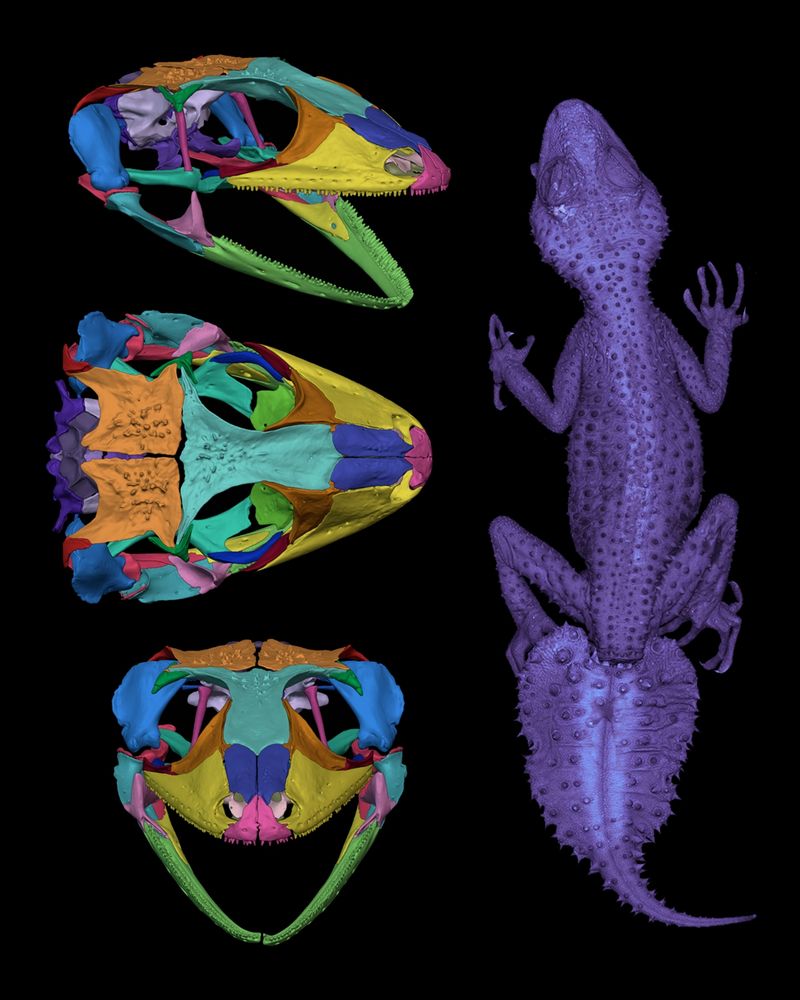
www.graysvertebrateanatomy.com/leaftail-gecko-skull-anatomy/
The oldest glowy fish is an eel at 100MYA.
🧪
www.nature.com/articles/s41...

The oldest glowy fish is an eel at 100MYA.
🧪
www.nature.com/articles/s41...
www.evolutionsociety.org/news/display...
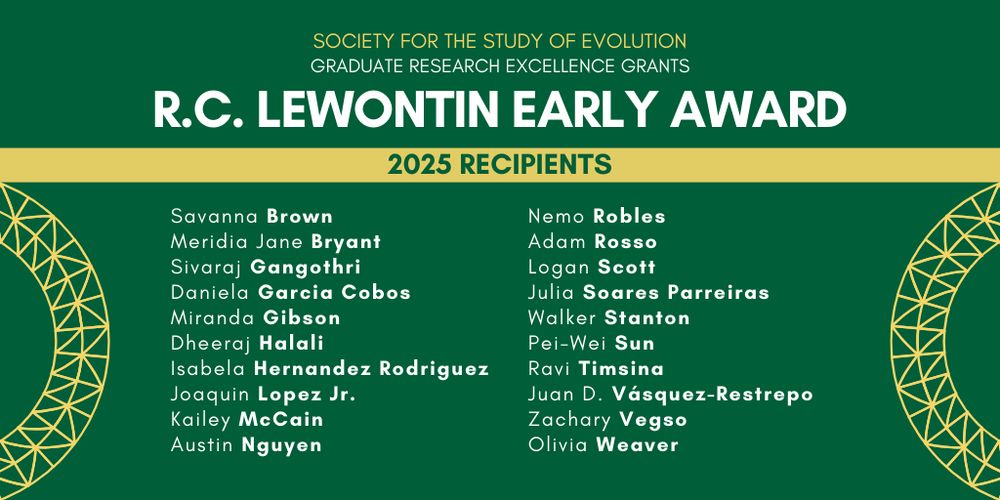
www.evolutionsociety.org/news/display...
Our 1rst paper with @vivienl.bsky.social and colleagues is out in Functional Ecology! In this paper, we investigated how complete metamorphosis promotes morphological and functional diversity in Caudata.Want to know more? Read this👇
besjournals.onlinelibrary.wiley.com/doi/full/10....
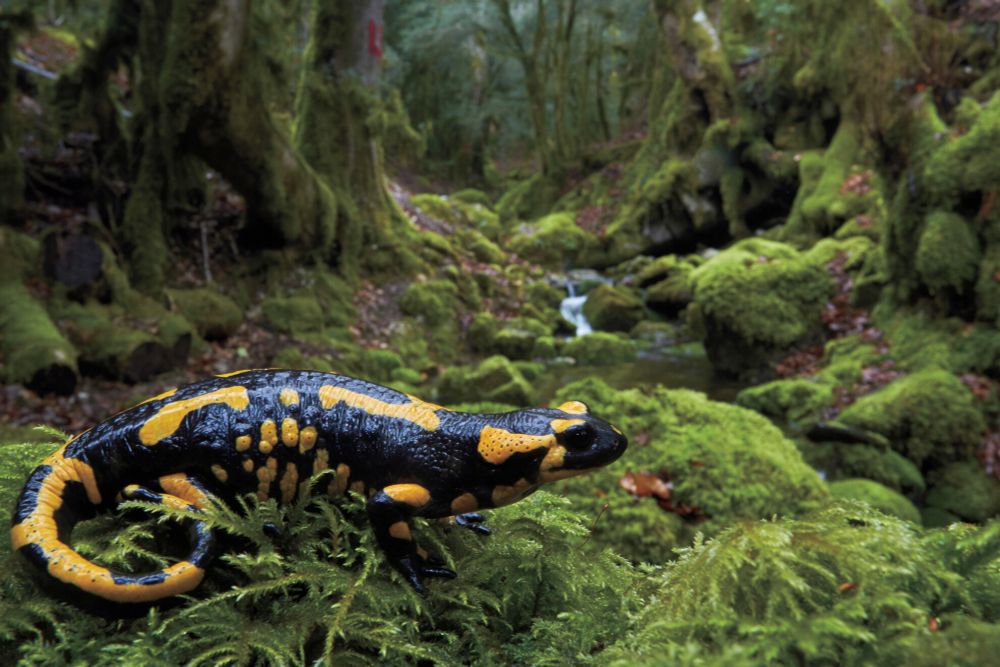
Our 1rst paper with @vivienl.bsky.social and colleagues is out in Functional Ecology! In this paper, we investigated how complete metamorphosis promotes morphological and functional diversity in Caudata.Want to know more? Read this👇
besjournals.onlinelibrary.wiley.com/doi/full/10....
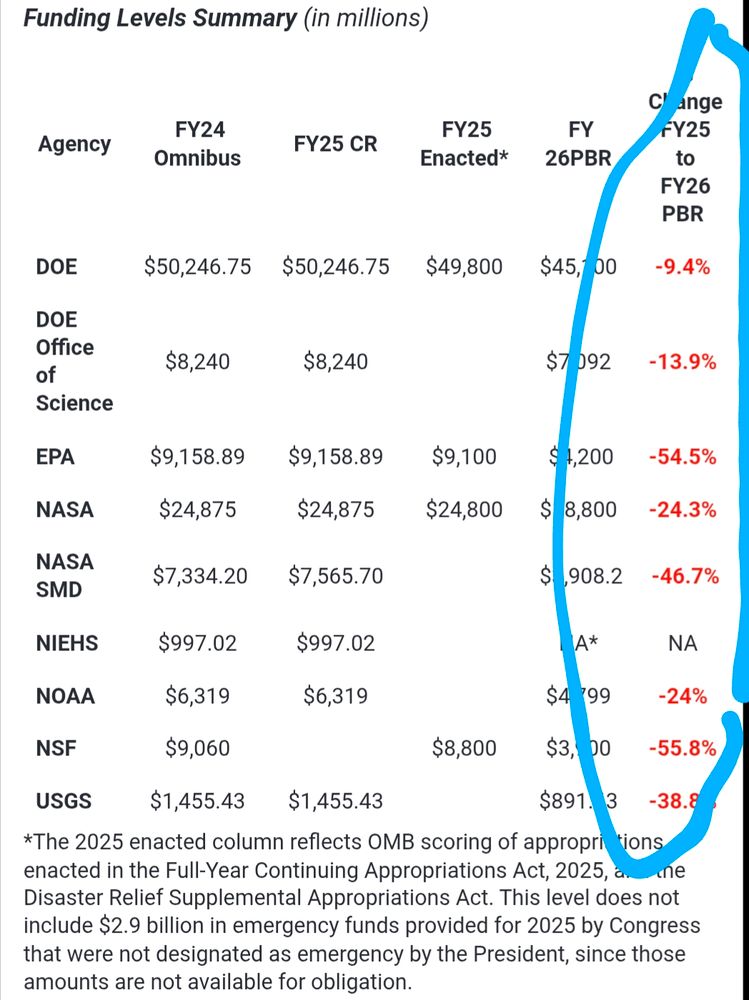
Phylogenomics and evolutionary history of the iconic reef fish clade wrasses and parrotfishes (Labridae)
www.science.org/doi/10.1126/sciadv.adu6149
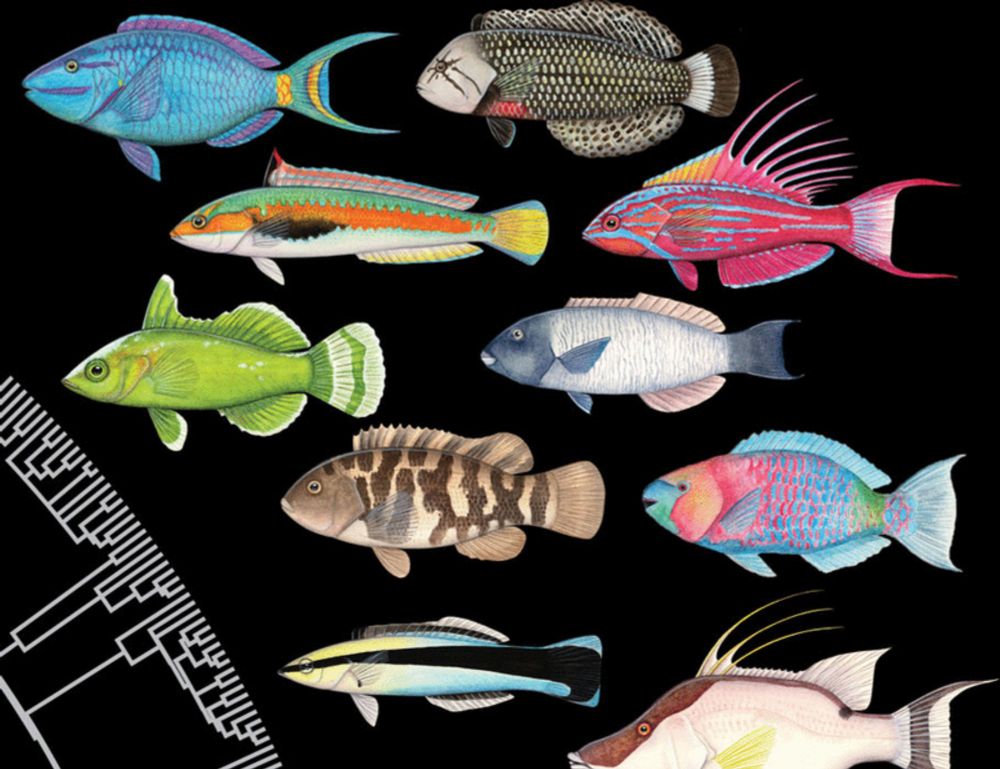
Phylogenomics and evolutionary history of the iconic reef fish clade wrasses and parrotfishes (Labridae)
www.science.org/doi/10.1126/sciadv.adu6149

The #oVertTCN CT data is available for download on MorphoSource here: www.morphosource.org/concern/medi...
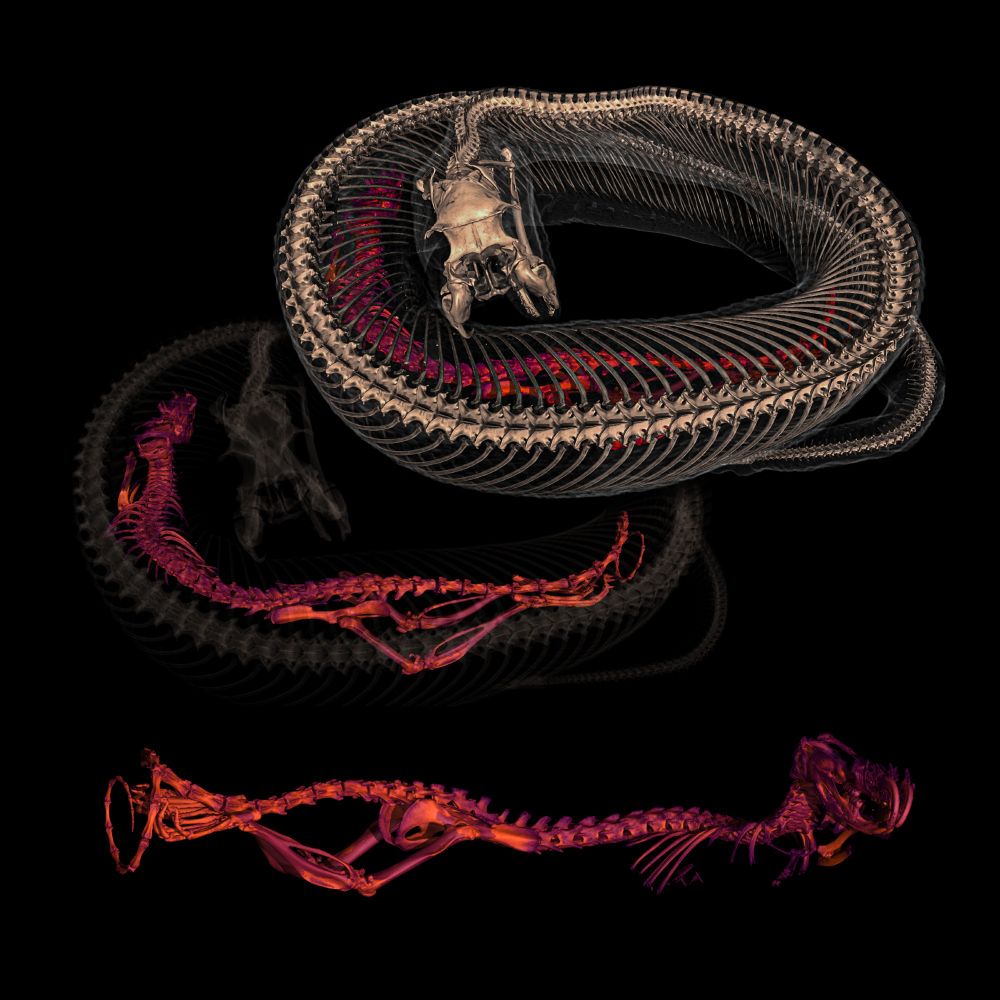
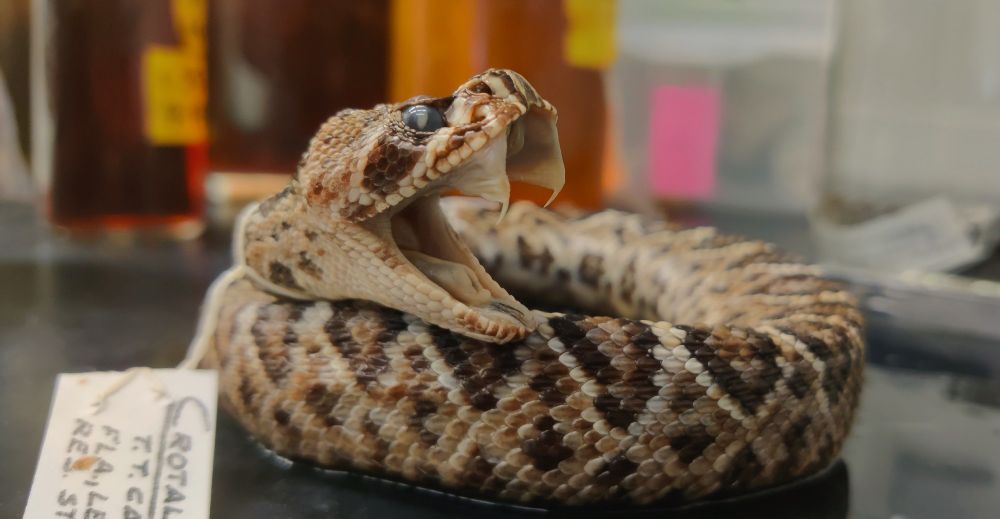
The #oVertTCN CT data is available for download on MorphoSource here: www.morphosource.org/concern/medi...
I am giving the Bass Distinguished Lecture, titled “The World Without Evolution?” taking place Wednesday, April 23 at 5 pm in O.C. Marsh Hall. The event is free and open to the public.
peabody.yale.edu/news/hendry_...
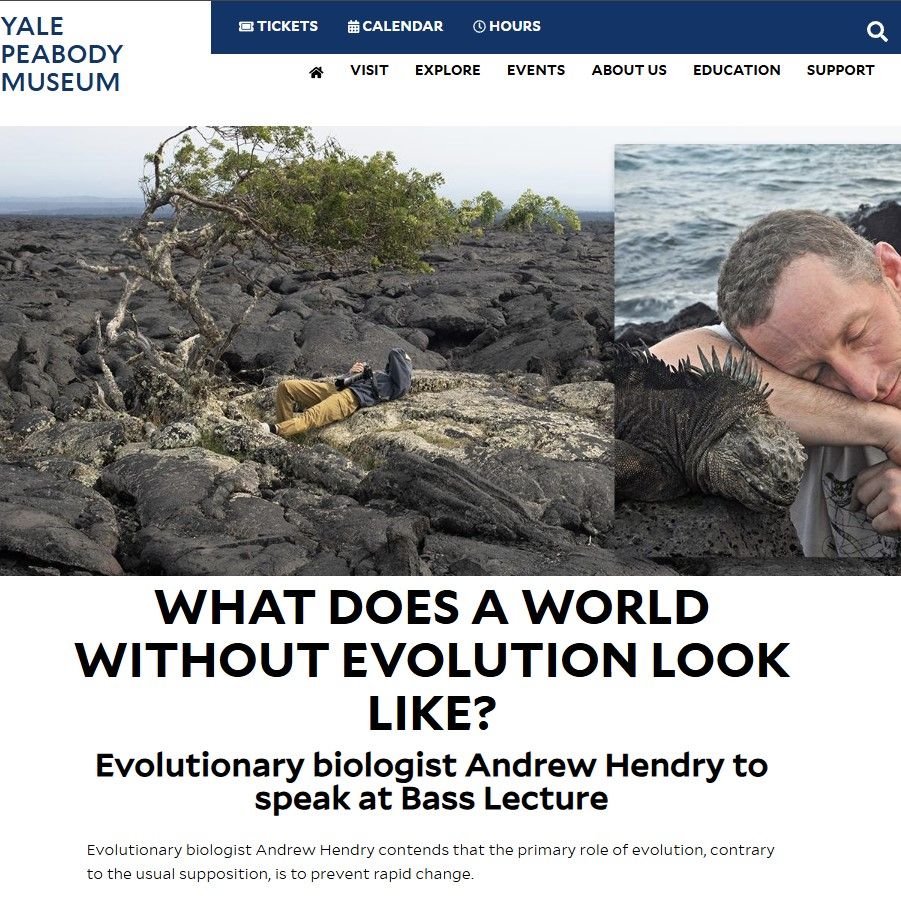
I am giving the Bass Distinguished Lecture, titled “The World Without Evolution?” taking place Wednesday, April 23 at 5 pm in O.C. Marsh Hall. The event is free and open to the public.
peabody.yale.edu/news/hendry_...
www.nature.com/articles/d41...
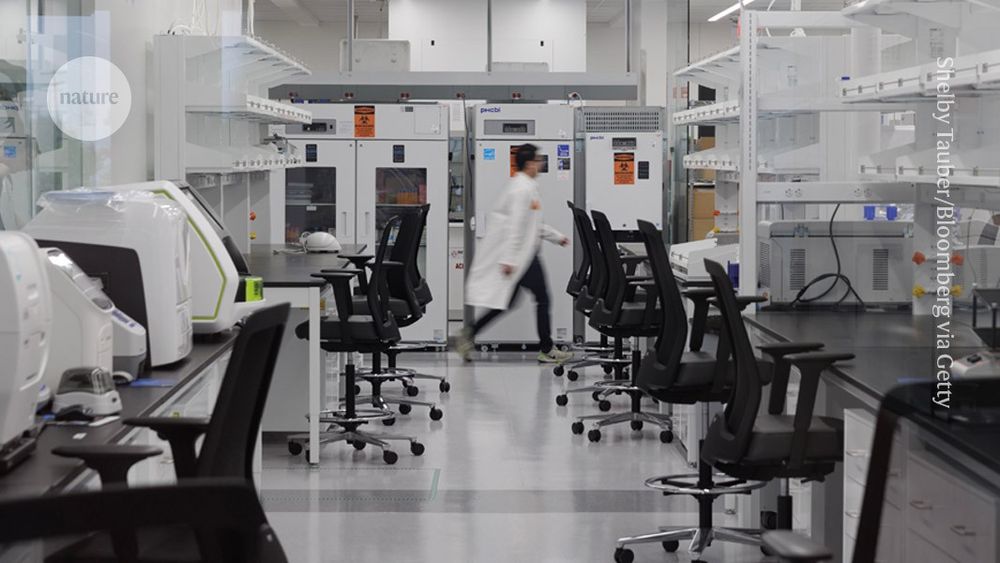
www.nature.com/articles/d41...

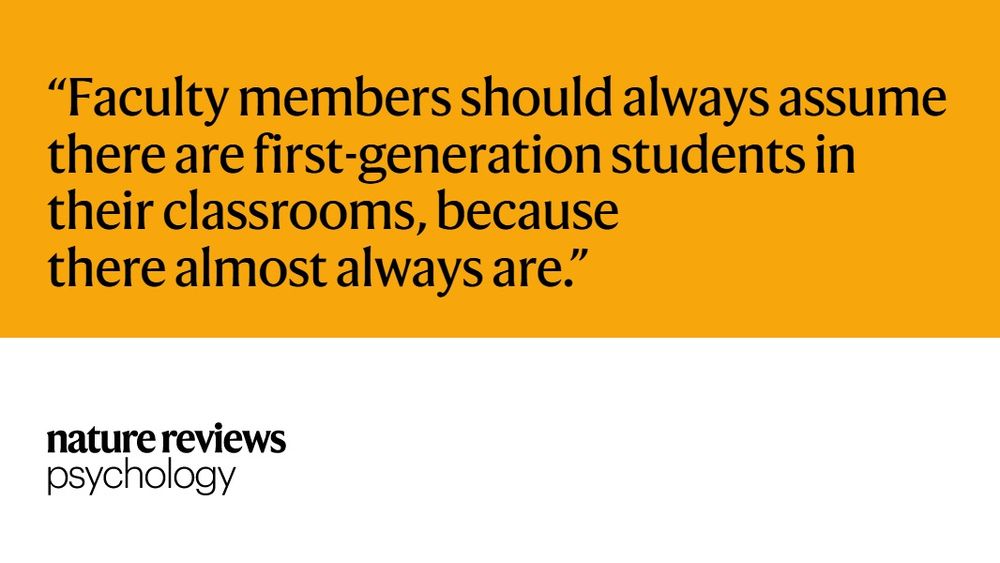
www.nature.com/articles/s41...
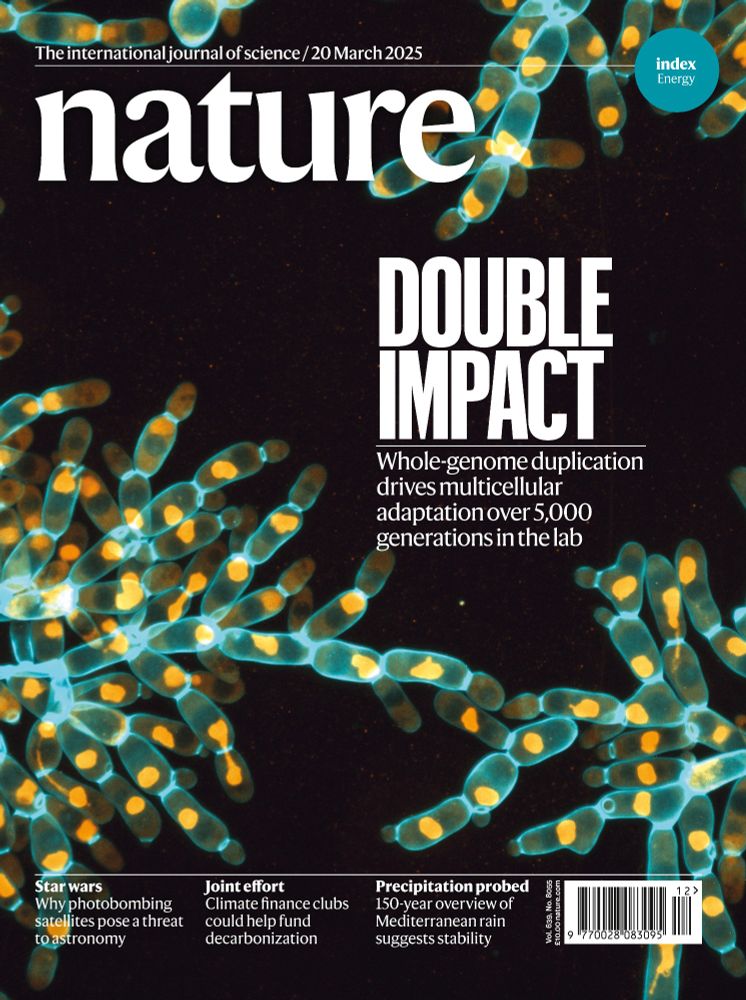
www.nature.com/articles/s41...
www.pnas.org/doi/10.1073/...
www.pnas.org/doi/10.1073/...
link.springer.com/article/10.1...
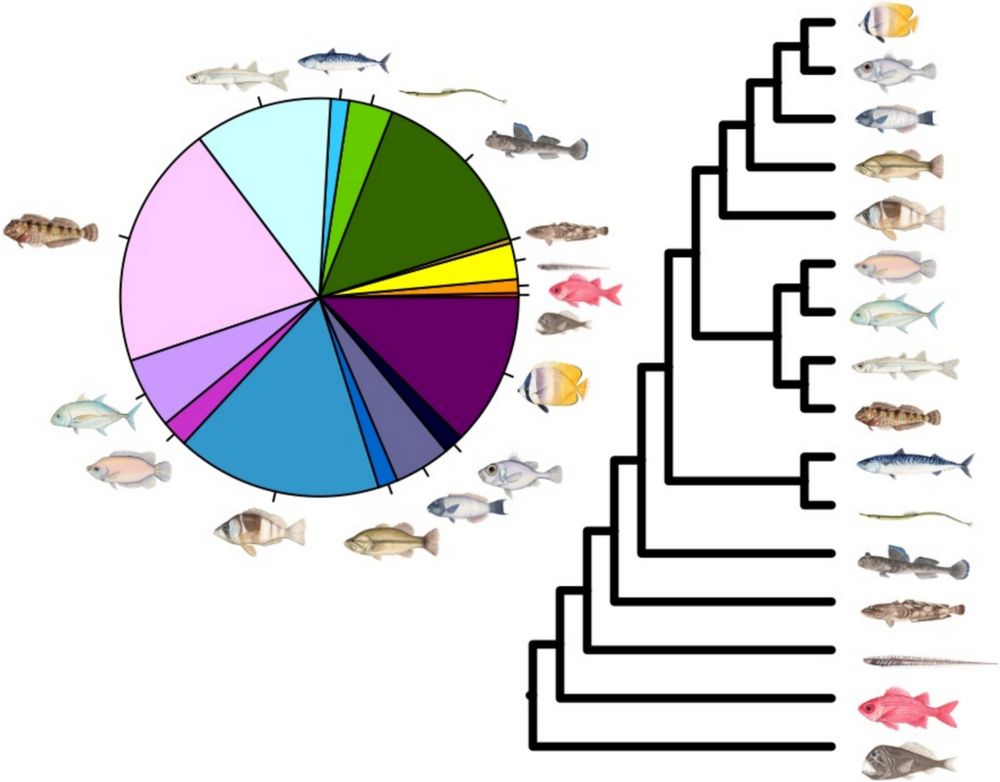
link.springer.com/article/10.1...
The benefits for students to be paid to do research is obvious.
At many institutions that are not research intensive, this is a not just an undergrad experience, it’s a critical chance for professors to do research.
(I ran an REU program for 3 years.)
www.reddit.com/r/REU/commen...
The benefits for students to be paid to do research is obvious.
At many institutions that are not research intensive, this is a not just an undergrad experience, it’s a critical chance for professors to do research.
(I ran an REU program for 3 years.)

